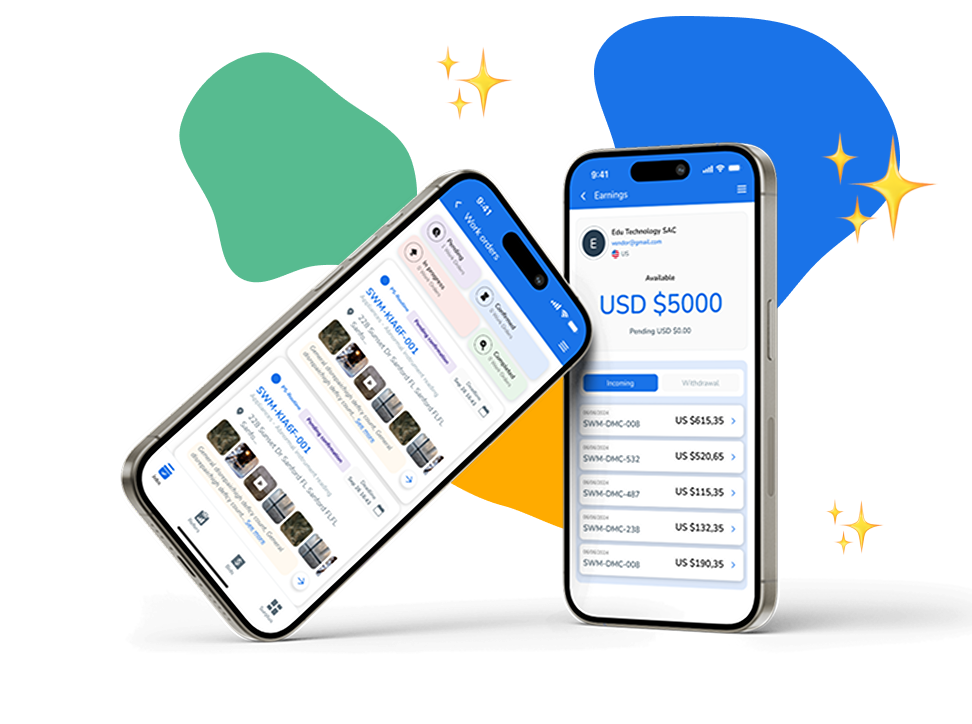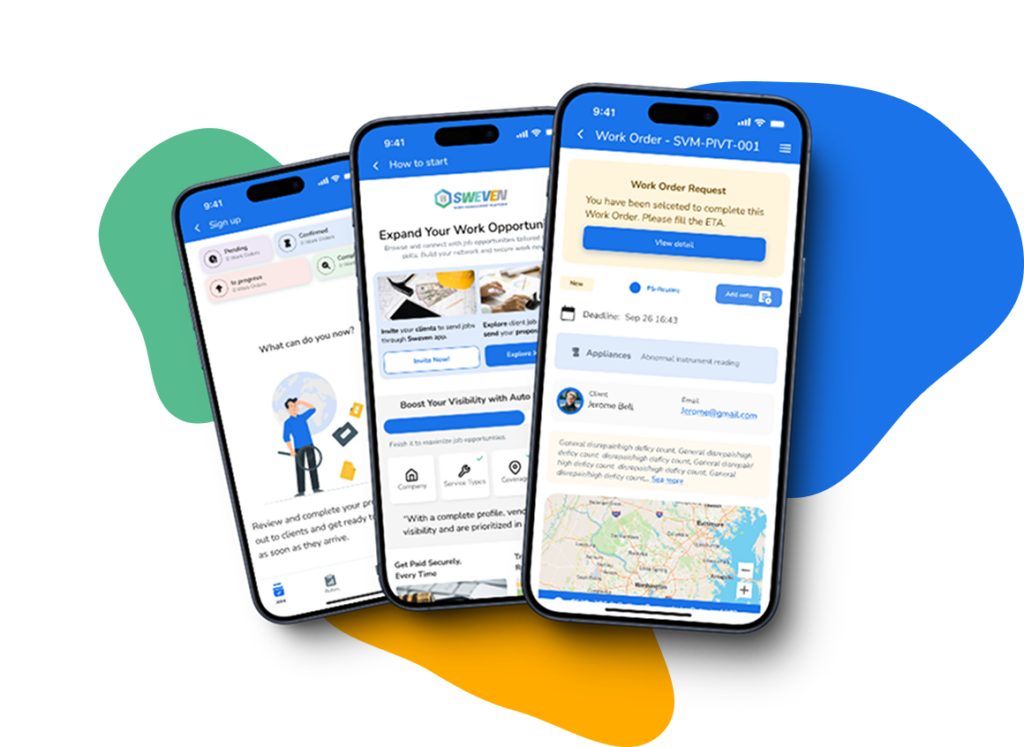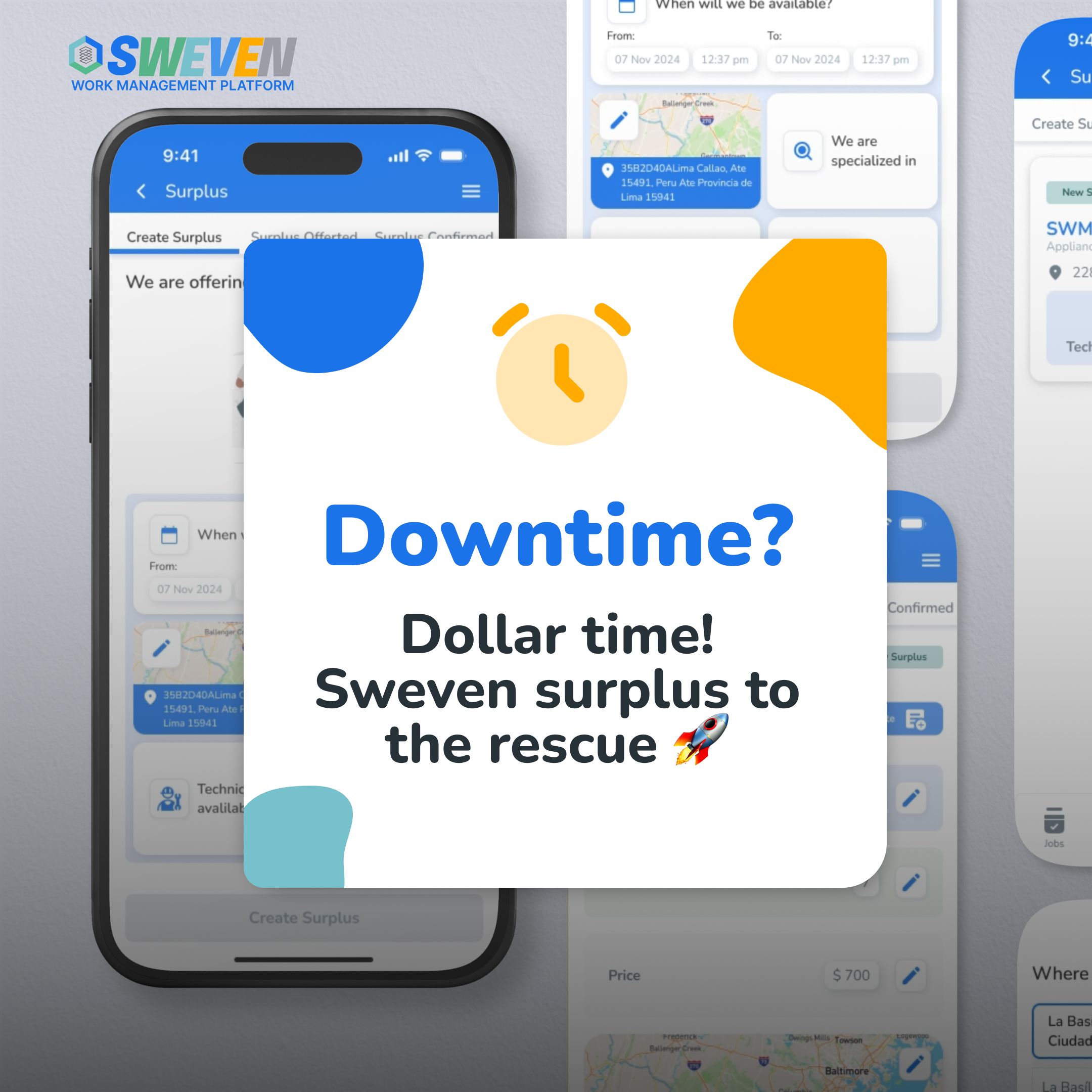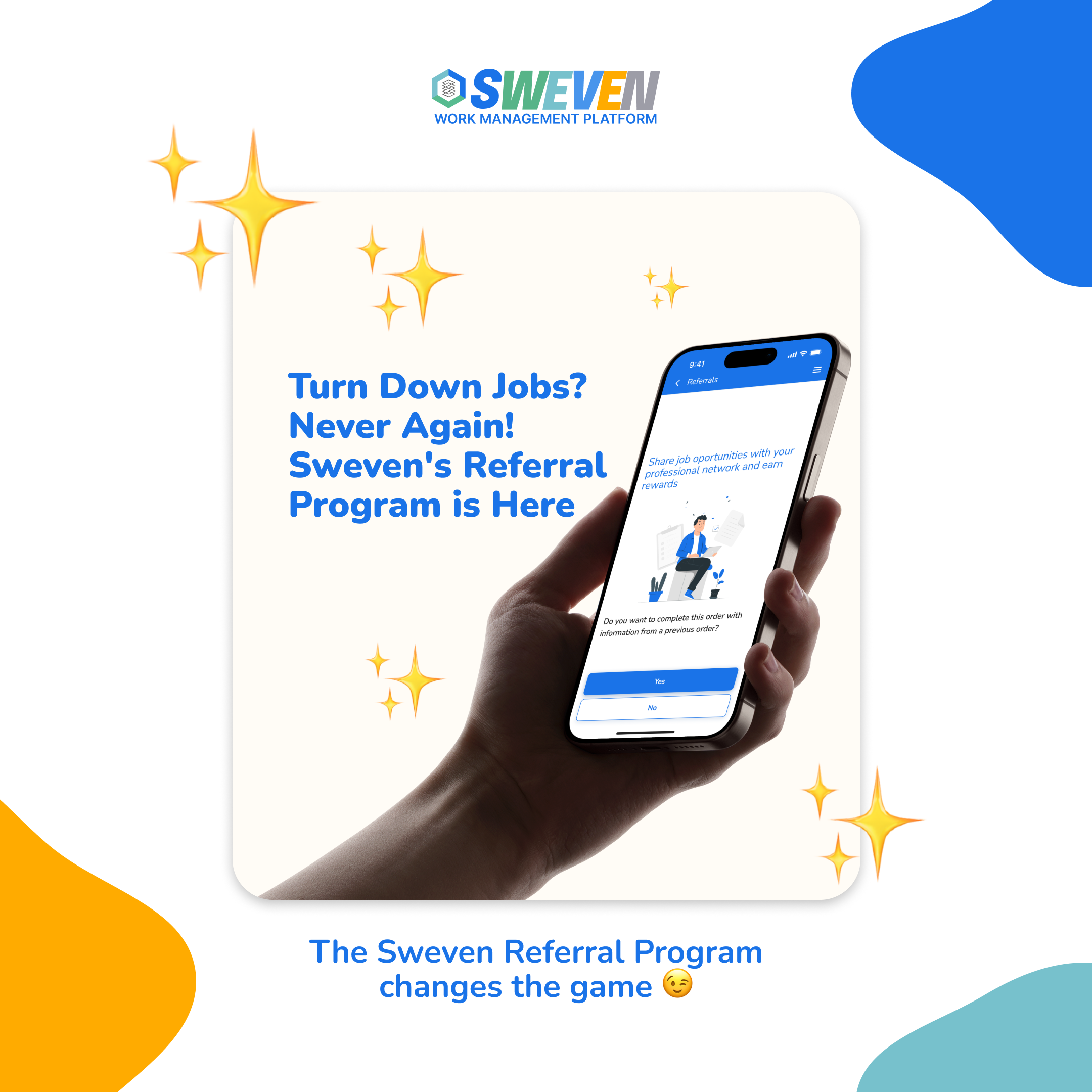Introduction:
In the realm of project management, effective stakeholder engagement is paramount for success. However, many organizations encounter challenges in keeping stakeholders engaged and informed about project progress. Without transparent communication channels, stakeholders may feel disconnected and uninformed, leading to dissatisfaction and potential project setbacks. To address this pain point, leveraging technology-enabled communication channels can revolutionize stakeholder engagement, fostering transparency, collaboration, and satisfaction. In this blog post, we explore how organizations can enhance stakeholder engagement through the implementation of technology-driven communication programs.

Understanding the Pain Point
Limited stakeholder engagement and visibility into project progress can hinder project success. Stakeholders, including clients, sponsors, and team members, require timely updates and transparent communication to stay informed and actively participate in project-related decisions. Without efficient communication channels in place, misunderstandings may arise, expectations may not be met, and project outcomes may be compromised.
Solution: Employing Technology-Enabled Communication Channels
Employing stakeholder engagement programs powered by technology offers a solution to the challenges of limited communication and engagement. By leveraging digital platforms and tools, organizations can facilitate transparent communication, collaboration, and active involvement of stakeholders throughout the project lifecycle.

Key Features and Benefits:
- Transparent Communication: Technology-enabled communication channels provide stakeholders with real-time updates, progress reports, and project documentation, ensuring transparency and fostering trust.
- Collaborative Platforms: Digital collaboration platforms enable stakeholders to share ideas, provide feedback, and collaborate on project-related tasks, promoting a sense of ownership and teamwork.
- Personalized Communication: Tailored communication channels allow organizations to deliver relevant information to each stakeholder group, addressing their specific needs and concerns effectively.
- Feedback Mechanisms: Built-in feedback mechanisms enable stakeholders to voice their opinions, express concerns, and provide suggestions for improvement, fostering a culture of continuous improvement and stakeholder satisfaction.
- Remote Accessibility: Technology-enabled communication channels are accessible from anywhere, allowing stakeholders to stay connected and engaged, even in remote or distributed work environments.
Implementation Strategy:
- Identify Stakeholder Needs: Understand the communication preferences and information requirements of different stakeholder groups to tailor communication channels accordingly.
- Select Appropriate Tools: Choose communication platforms and tools that align with organizational goals, security requirements, and stakeholder preferences.
- Establish Communication Protocols: Define clear communication protocols, including frequency of updates, channels of communication, and escalation procedures for addressing issues or concerns.
- Provide Training and Support: Offer training sessions and resources to stakeholders to familiarize them with the communication platforms and ensure seamless adoption.
- Monitor and Evaluate: Continuously monitor stakeholder engagement metrics, gather feedback, and evaluate the effectiveness of communication channels to make necessary adjustments and improvements.

Conclusion:
In conclusion, enhancing stakeholder engagement through technology-enabled communication channels is essential for project success in today’s digital age. By leveraging these platforms and tools, organizations can foster transparency, collaboration, and satisfaction among stakeholders, ultimately driving project success and achieving organizational objectives. Embracing technology-driven communication programs not only enhances stakeholder engagement but also strengthens relationships, builds trust, and promotes a culture of shared responsibility and accountability. As organizations continue to navigate complex projects and dynamic business environments, prioritizing stakeholder engagement through technology remains a key driver of success.
















